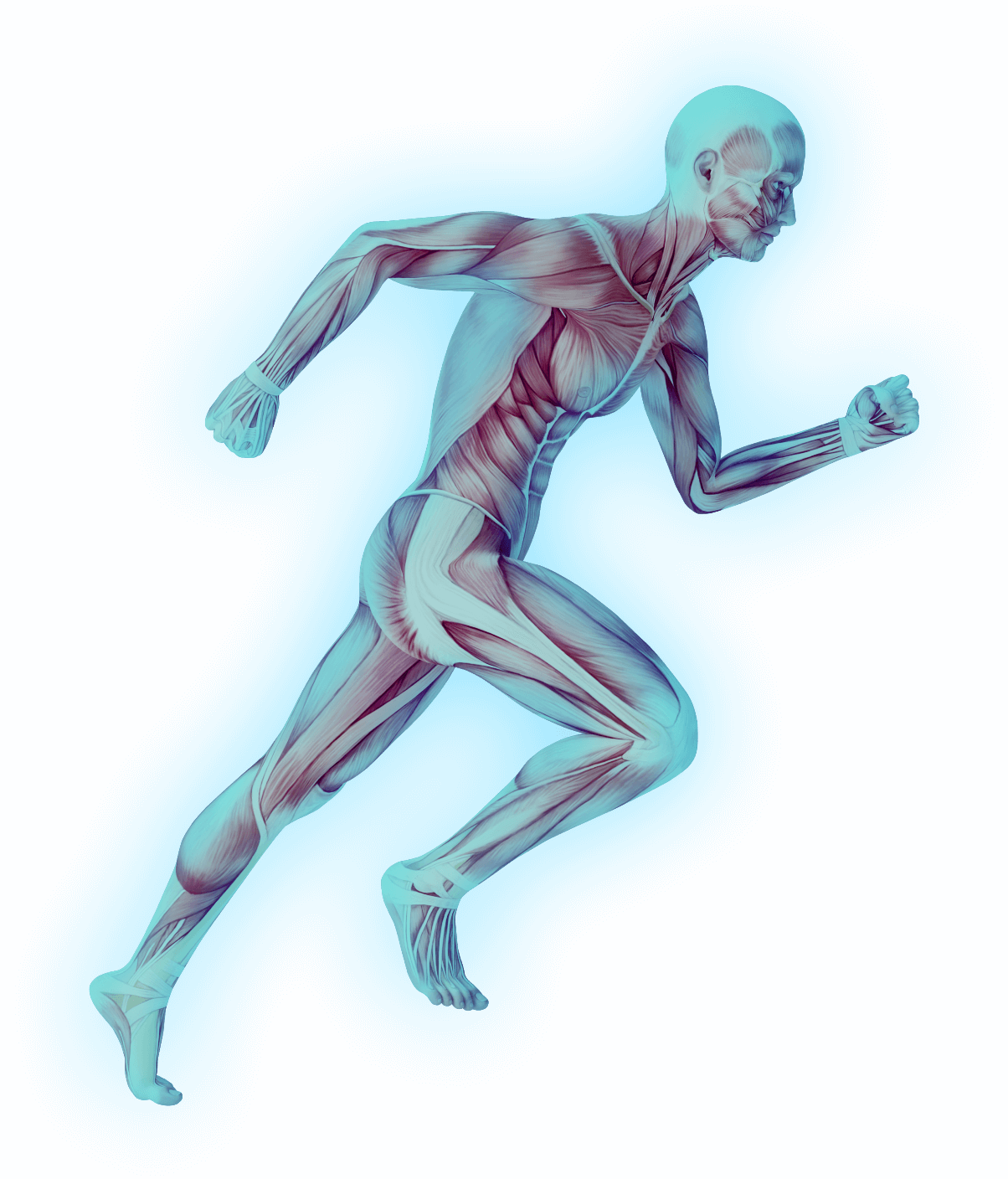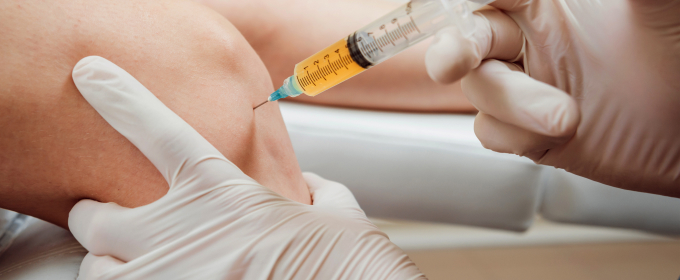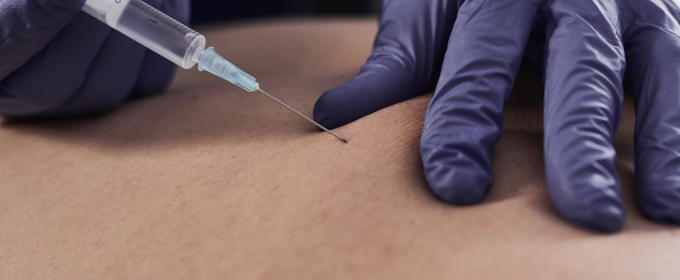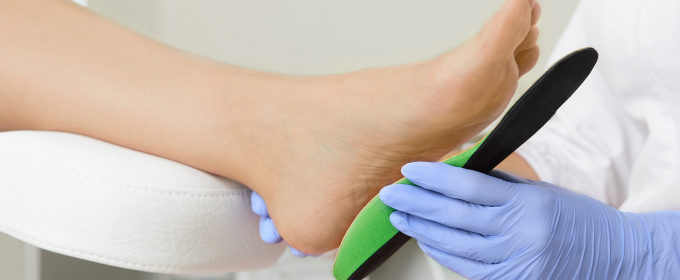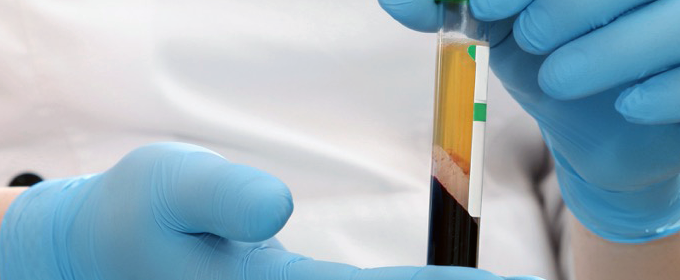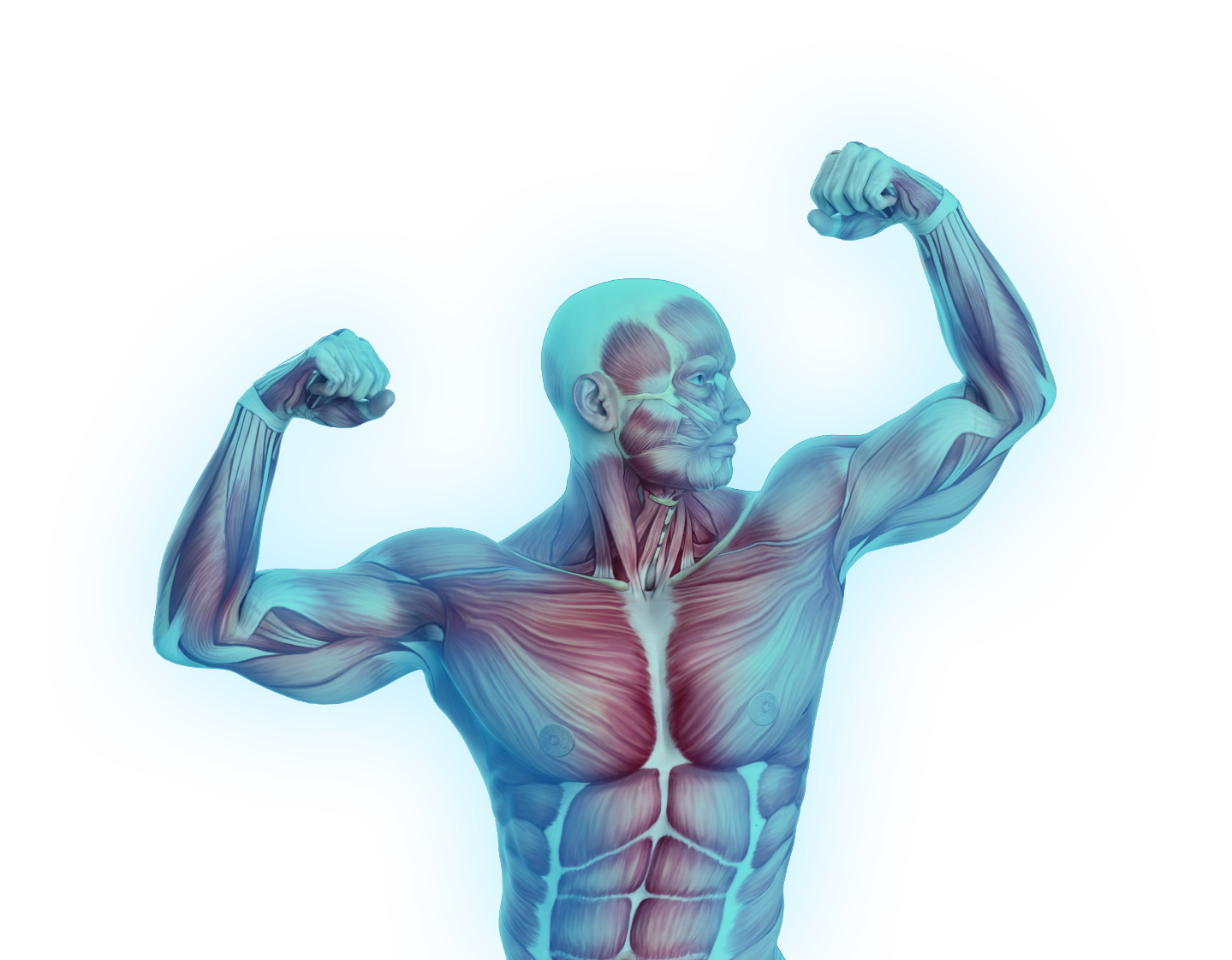Causes
-
Poor posture
-
Normal wear-and-tear and osteoarthritis
-
Direct injury, especially to the upper thoracic spine when associated with cervical whiplash sprain injury – but this can occur anywhere along the thoracic vertebral chain wherever trauma has impacted
-
Chronic misalignment (rotation) of the thoracic vertebral bodies
-
Compensatory scoliosis
-
Degeneration of the neck and spinal structures (e.g., disc disease with nerve root impingement)
-
Osteoporotic or traumatic vertebral compression fracture – or
-
Structural developmental abnormality (e.g., functional or anatomical scoliosis)
Unless directly traumatized and severely bruised or fractured, ribs are usually most symptomatic at the locations where they join with either:
-
the thoracic vertebral bodies posteriorly (i,e, costovertebral junctions) – or
-
the sternum anteriorly – (e.g., Tietze’s Syndrome) .
These rib joint and intercostal muscle sprain injuries present usually as sharply painful accentuated by deep breathing, laughing, or coughing producing truly breath-catching experiences.
If you are experiencing thoracic back or rib pain, you may also have a compensatory cervical-thoracic-lumbar scoliosis secondary to a sacroiliac joint misalignment and dysfunction.
Treatment
Thoracic and rib sprain injuries are easily treated by Osteopathic Manual Therapy (OMT)and Prolotherapy. The latter is directed to thoracic intervertebral and rib (costovertebral) ligament attachments – depending on history and findings on examination and X-ray.
Platelet-Rich Plasma Therapy would be more appropriate if there is significant ligament or tendon tearing.
If there is evidence of a significant neurological component to the patient’s thoracic or rib dysfunction, appropriate tests and consultations may be in keeping.

